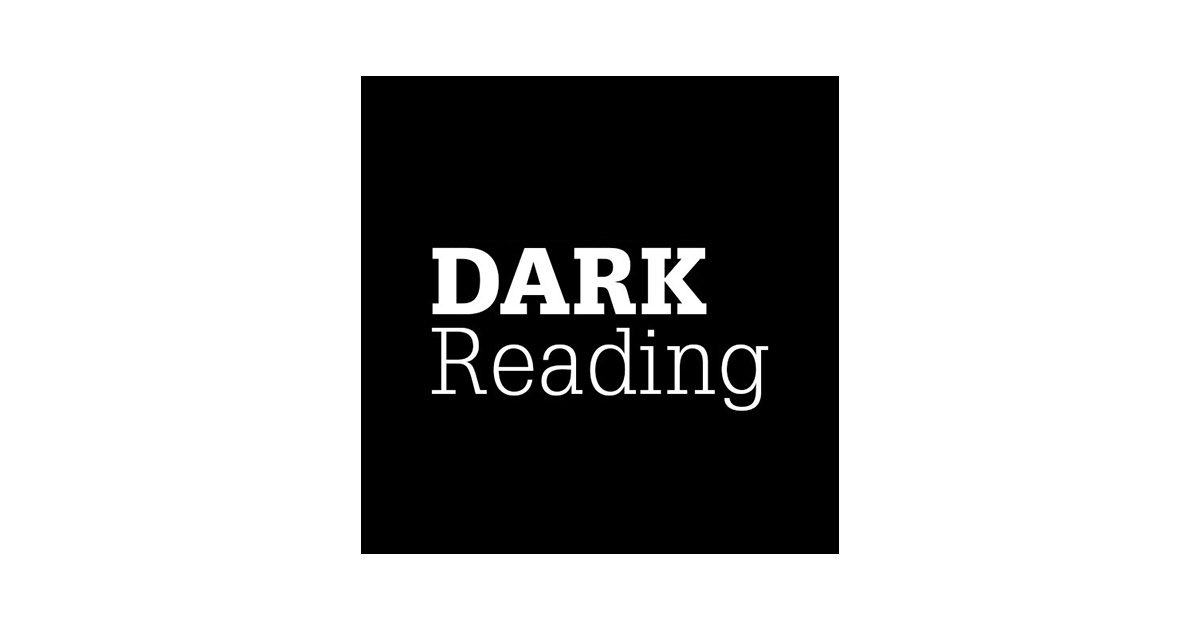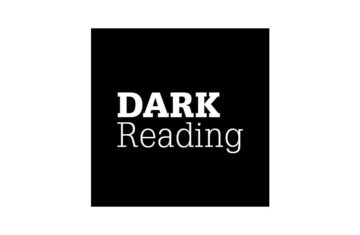
This article originally appeared in Dark Reading on March 7, 2019.
Social engineering scam continued to be preferred attack vector last year, but attackers were forced to adapt and change.
The growing sophistication of tools and techniques for protecting people against phishing scams is forcing attackers to adapt and evolve their methods.
A Microsoft analysis of data collected from users of its products and services between January 2018 and the end of December showed phishing was the top attack vector for yet another year. The proportion of inbound emails containing phishing messages surged 250% between the beginning and end of 2018. Phishing emails were used to distribute a wide variety of malware, including zero-day payloads.
However, the growing use of anti-phishing controls and advances in enterprise detection, investigation, and response capabilities is forcing attackers to change their strategies as well. Microsoft said.
For one thing, phishing attacks are becoming increasingly polymorphic. Rather than using a single URL, IP address, or domain to send phishing emails, attackers last year began using varied infrastructure to launch attacks, making them harder to filter out and stop.
Microsoft said its analysis shows attackers are trying to avoid detection by using public and hosted cloud infrastructures to hide among legitimate sites and assets. “For example, attackers increasingly use popular document sharing and collaboration sites and services to distribute malicious payloads and fake login forms that are used to steal user credentials,” Microsoft said. “There has also been an increase in the use of compromised accounts to further distribute malicious emails both inside and outside an organization.”
The nature of phishing attacks is changing as well, Microsoft said. Many phishing campaigns last year combined attacks that were active for just a few minutes with much longer-lasting, high-volume attacks. Others were “serial variants attacks,” where attackers sent small volumes of mail on successive days, the software vendor said.
Like they used any malware, criminals last year used phishing in broad-based attacks and in narrowly focused, targeted ones. As one example of a highly targeted campaign, Microsoft pointed to Ursnif, a phishing campaign that used highly localized and customized content to try and trick a relatively small set of recipients into clicking on malicious links. The campaign involved phishing emails with content that appeared to come from a legitimate business in the same city or general geographic area as the intended victim. “Such attacks are quite different from broad-based campaigns and appear to be more legitimate and trustworthy,” Microsoft said.
The continued innovation around phishing is worrisome, says Usman Rahim, digital trust analyst at The Media Trust. On the one hand, phishing-attack costs are increasing for hackers. “Attackers have to put in a lot of effort in terms of creating new techniques using the latest technology,” he says. But even as defenders are getting better at spotting and stopping phishing attacks, threat actors are finding new ways to escape detection, to persist on infected systems, and to find new infection tactics, he says. “New techniques or tools are certainly making it harder for attackers to compromise the network.”
However, once an attacker successfully breaks into a company, network, or service, the reward is also big, he says. Attackers also have a broader range of devices to target in phishing attacks, Rahim says. “Mobile and other IoT devices are getting targeted specifically as they do not have the same defense as other protected devices.”
On another front, Microsoft’s analysis of 2018 threat data showed a significant drop-off in ransomware attacks. The WannaCry and NotPetya outbreaks of 2017 had many believing ransomware attacks would increase last year. However, they declined as much as 60% between March and December 2018 as end users and enterprises became more aware of the threat and how to deal with it. Businesses also exercised greater caution in backing up important files so data could be quickly restored if encrypted in a ransomware attack, Microsoft said.



